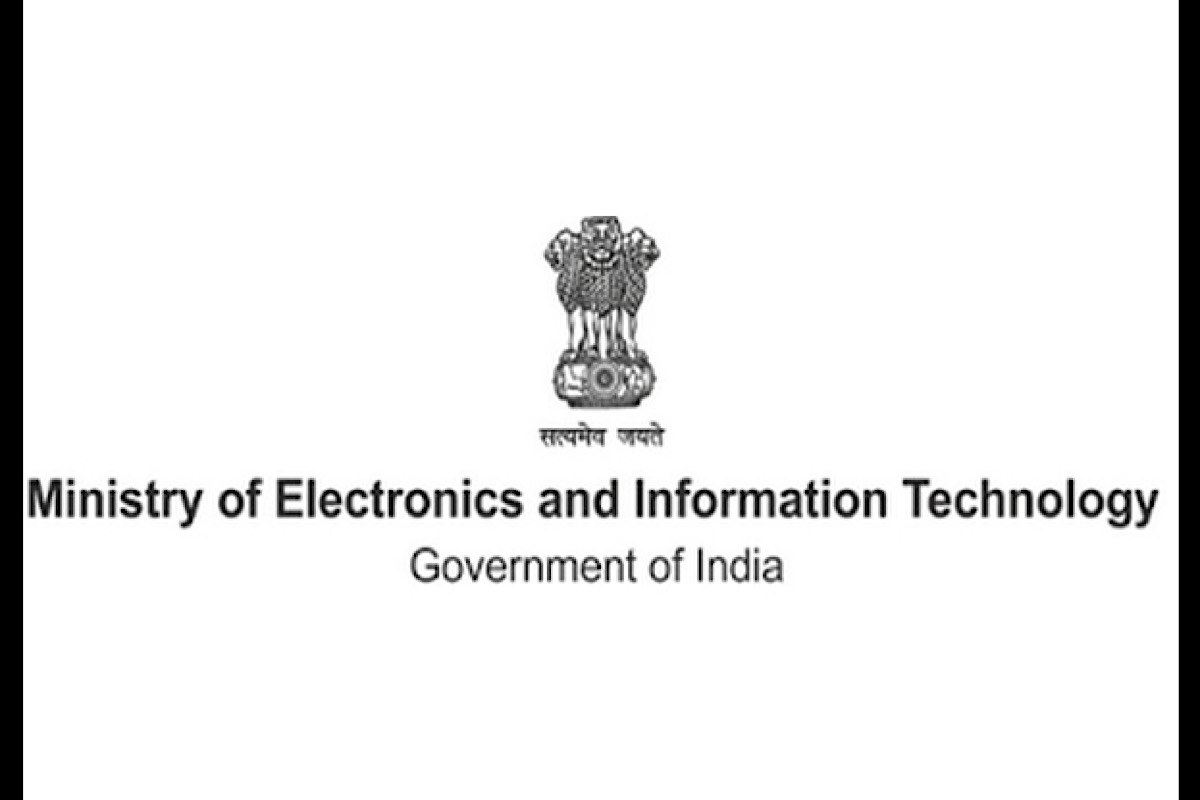The Ministry of Electronics and Information Technology (MeitY), in a report, said India’s digital economy is poised to grow nearly twice as fast as the overall economy. This will contribute nearly one-fifth of the country’s national income by 2029-2030.
The report, titled ‘Estimation and Measurement of India’s Digital Economy’, highlighted the sector’s transformative potential, and states that the digital economy’s share is expected to surpass agriculture and manufacturing in less than six years.
Advertisement
“In the short run, the highest growth is likely to come from the growth of digital intermediaries and platforms, followed by higher digital diffusion and digitalisation of the rest of the economy. This will eventually lower the share of digitally enabling ICT industries in the digital economy,” the report said.
According to the MeitY report, as of 2022-23, the digital economy contributed 11.74% of India’s national income, equivalent to Rs 28.94 trillion ($368 billion) in Gross Value Added (GVA) and Rs 31.64 trillion ($402 billion) in GDP.
This share is projected to rise to 13.42% by 2024-25.
Digital economy employed 14.67 million workers in 2022-23, accounting for 2.55% of India’s total workforce, the report further said.
By comparison, agriculture remained the largest employer, with 263.6 million workers (45.8% of the workforce), while manufacturing employed 65.6 million workers (11.4%).
The report said that Big Tech players, digital platforms, and intermediaries account for nearly 2% of the GVA, while industries like BFSI, trade, and education add another 2%.











